
Welcome to The Regenerators.
Introduction
Animals that are adapted to the specific environment where they live are more likely to survive than those that aren’t. They have evolved over a long time, thousands or millions of years, to better survive these conditions.
But as human activity is causing the climate to change, it's putting many living things and their habitats at risk.
By working together to tackle climate change, we can protect animals and the places they live. In return, living things can also help protect us too.
What is adaptation?
Animals that are adapted to their habitats have special features which help them to survive there.
For example, penguins are adapted to living on ice and surviving in freezing cold water. To help them stay warm they have feathers and a thick layer of fat under their skin called blubber.
How are animals adapted to different conditions?
Animals have evolved in many wild and wonderful ways that allow them to live in different climate zones.
Find out about some of the world's weirdest creatures in the activity below.
Animal habitats are changing
As the climate changes, many habitats around the world are changing significantly, or even being lost altogether. This is making life increasingly difficult or impossible for living things.
Have a look at how a few species are being affected by climate change.
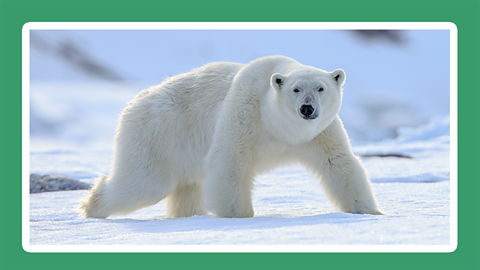
Image caption, Polar bears
Polar bears rely on the sea ice of the Arctic Ocean to hunt for seals. As the ice breaks up, the animals are forced to roam for long distances or on to shore, where they struggle to find food and feed their cubs.
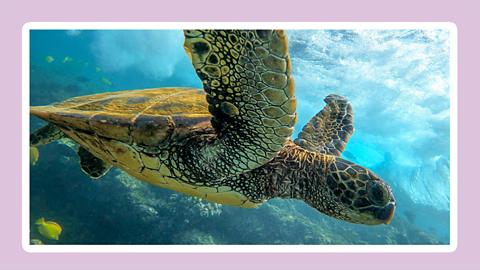
Image caption, Green sea turtles
Whether a turtle is male or female is determined by the temperature its egg is incubated. In some places, warmer temperatures as a result of climate change means more that 99% of all green turtles hatched are females.
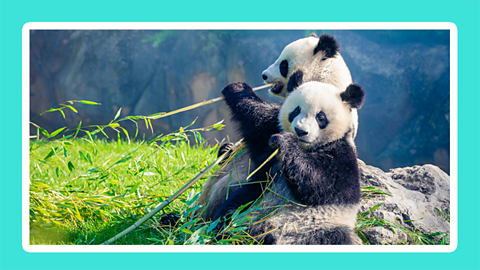
Image caption, Panda bears
Panda bears in China live solely off bamboo that is not growing at a fast enough rate anymore. Humans are also putting panda bears at risk through deforestation and removing their habitat for building and farming too.
1 of 3
UK wildlife and climate change
Animals and plants all around the world are being impacted by climate change and it’s no different for species in the UK.
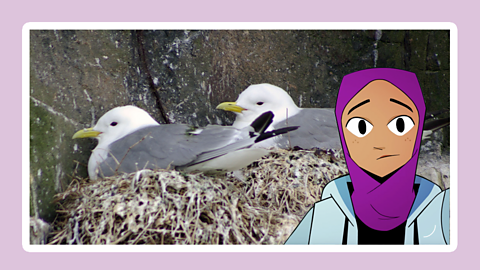
Image caption, Seabirds
As the temperature of our seas is rising, the type of plankton found around the UK coast is changing. Lots of species depend on the plankton and this has a big knock-on affect through the food chain. Seabirds, like kittiwakes, are in decline as they are finding it hard to find food.
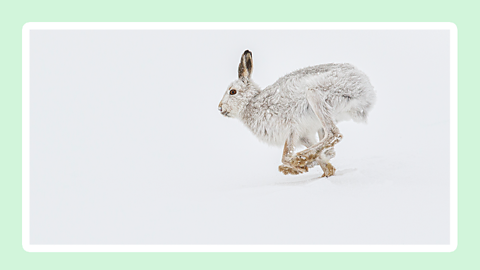
Image caption, Mountain hares
Animals in upland areas are affected too. Stoats and mountain hares have a white coat for camouflage in the winter. Now, with less snow falling or shorter snow seasons, they stand out against the land. This puts them more at risk from predators like golden eagles.
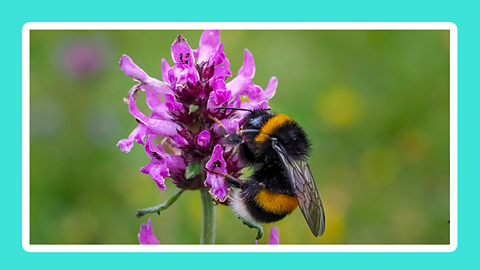
Image caption, Bees
As our weather and seasons becomes more extreme bees are finding it harder to feed and nest. The UK population of bees has shrunk by around a third in the last 10 years.
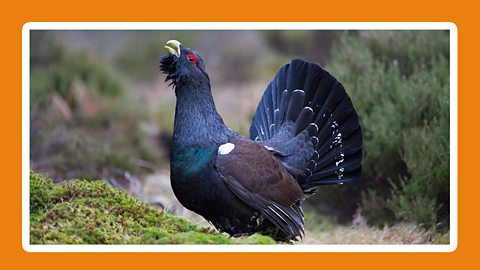
Image caption, Capercaillie
Capercaillie are found in Caledonian pine forests in Scotland. As summers have been getting wetter with more rainfall, this has affected the chance of survival for their chicks
1 of 4
Nature can fight climate change
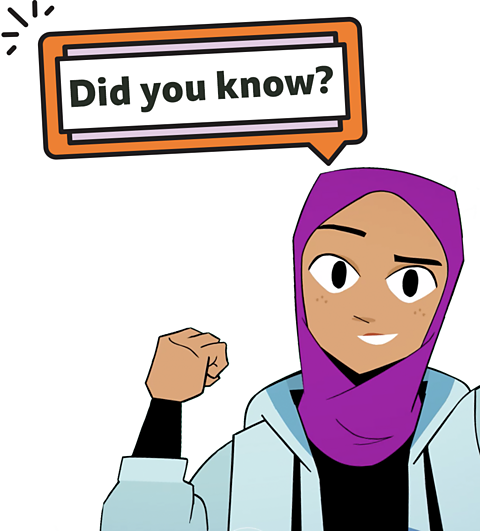
Even though many species are threatened by global warming, nature itself can be an incredible defence against climate change.
Healthy ecosystems can store large amounts of carbon from the atmosphere.
Trees in forests absorb carbon dioxide into wood. Peat bogs and seagrass meadows are even better at storing it.
Coastal marshes and mangrove swamps can protect our shorelines from the effects of storm surges and rising sea levels.
Ecosystems also clean our water and air, as well as provide food and protection from disease.
If we help nature, nature can help us.

What can we do to help?
There are lots of people and organisations that are helping to protect animals and their habitats.
Scientists and conservationists find out more every day about the impact of climate change on wildlife.
As humans, we need to change our behaviours to protect our natural world.
Extreme changes to environments can feel scary to think about, but big changes are possible!
During 2020, most major cities of the world were on lockdown due to the Coronavirus pandemic. This had some interesting changes for our environment.
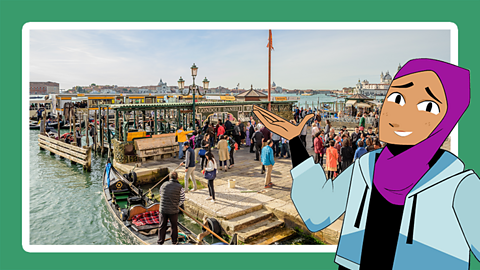
Image caption, Venice, Italy in October 2018
Venice is a hugely busy tourist destination. Lots of people and boats causes the water to be dirty and polluted.
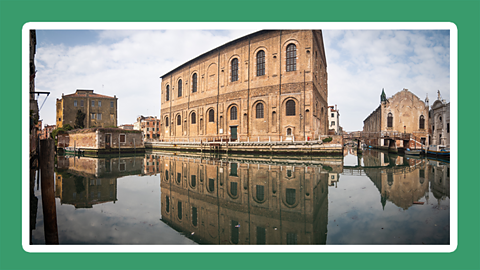
Image caption, Venice, Italy in April 2020
This photograph shows Venice during lockdown. Studies showed that the water became cleaner and healthier.
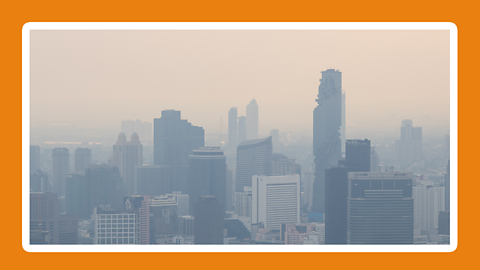
Image caption, Bangkok, Thailand in December 2018
Many big cities around the world suffer from air pollution. This photograph shows Bangkok in Thailand with smog and dirty air.
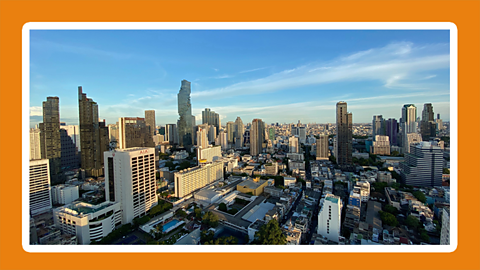
Image caption, Bangkok, Thailand in July 2020
During lockdown, the air became cleaner in many places like Bangkok, which is much healthier for the people living there.

Image caption, Dirty snow in the Himalayan mountains
Snow on mountains can be polluted by fossil fuel gases. This melts the snow too quickly for the people who use run-off water from the mountain
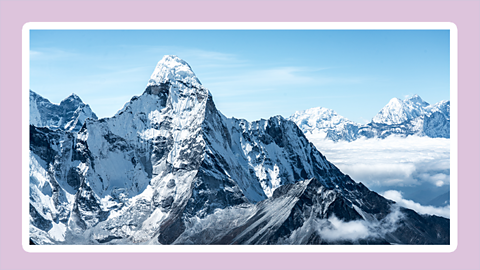
Image caption, Mountains in Himalaya with bright, clean snow
A study by the Proceedings of the National Academy of Sciences found that snow pollution in Himalaya reduced during the global lockdown period.
1 of 6
Lesson complete
Well done Regenerator, you've completed this lesson. Now let's see what you can remember.
Design your own creature
Imagine an environment which goes between two extreme seasons - a boiling hot, dry summer, followed by a freezing cold winter with daily snow.
Your challenge is to make a 3D model of a creature which is adapted to survive in these conditions.
Design your own creature. documentDesign your own creature
GREEN CLASSROOM

You can make the creature out of play dough, clay, tin foil, cardboard or paper. Try to recycle what you already have.
There's a recipe for home made play dough on BBC Tiny Happy People.
There's more to learn
Explore more lessons and content from around the BBC.
What is climate change?
GREEN CLASSROOM

What is the problem with plastic?
GREEN CLASSROOM
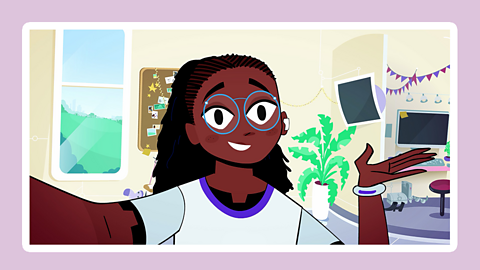
Year 3 - 6 and P4 - P7
GREEN CLASSROOM
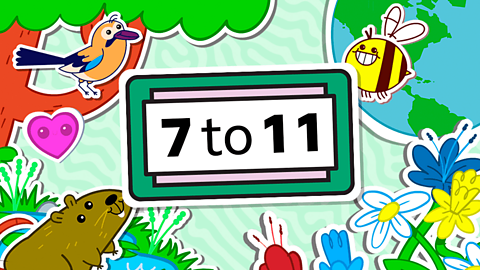
More from The Regenerators
BBC BITESIZE
